Wildlife Watching: Where to Find America's Most Iconic Animals
With summer upon the nation, it’s an opportune time to start a quest to discover America’s iconic wildlife. The focus lies on the creatures that capture the hearts of many, often depicted on t-shirts and toys and symbolizing patriotic ideals or conservation triumphs.
While America is filled with iconic animals, there are some that deserve the attention of the world.
1. Bald Eagle
The Bald Eagle, a symbol of national identity that no one can mistake for anything else, is a testament to the success of conservation. On the other hand, its population has recovered greatly after being threatened by hunting and DDT.
In fact, summer weekends offer the perfect chance to see this majestic bird in its natural home rather than just in images. Today, bald eagles are found in many places around the country. However, it is important to keep respectful distance, especially when near nesting sites.
If you want an unforgettable eagle-watching experience, then visit Haines, Alaska, where thousands gather between September and December.
Alternatively, for another option, there are bluffs surrounding Effigy Mounds National Monument in northeast Iowa that form a scenic backdrop along the mighty Mississippi River.
This also provides an ideal vantage point from which we can observe these awesome creatures soaring through the air.
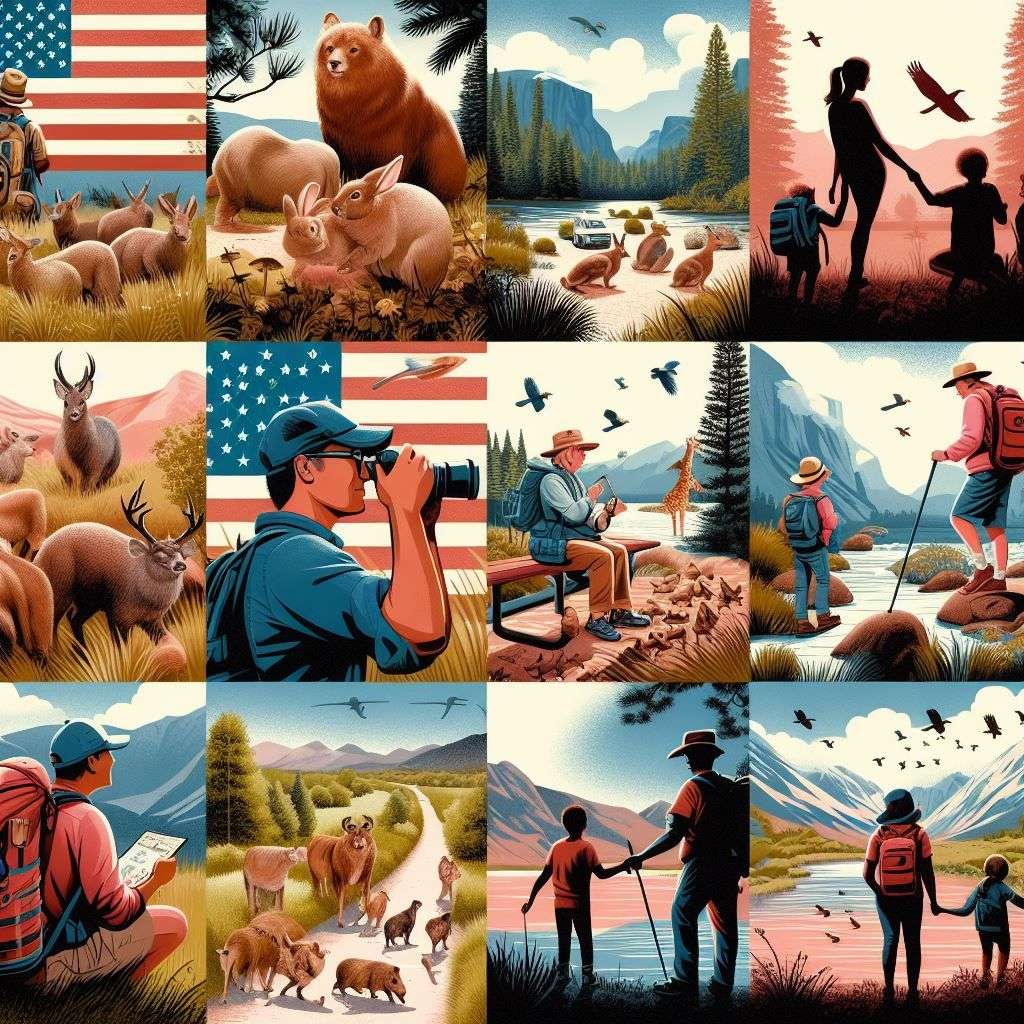
2. Black Bear
While the grizzly bear has gained more prominence in myth and history, the black bear, on the other hand, has a much wider range of distribution.
Astonishingly quick to adapt to human habitats, black bears can be found in several areas, ranging from Pennsylvania woodlots to New England’s suburbs.
It should be noted that trying to see them within their territories is not an easy task. Although the Great Smoky Mountains National Park is widely regarded as one of the best places for seeing black bears in the eastern United States, personal experiences will differ.
At state parks located in wooded regions of Pennsylvania, like Black Moshannon and Poe Paddy, chances are you will spot a bear. In the Western United States, Yellowstone and Glacier National Parks are some great destinations to see grizzly bears.
3. Pronghorn
Surviving as a testament to the continent’s ancient fauna, pronghorns, an icon of North America’s Pleistocene epoch, are still one of the most amazing creatures.
It has adapted to outmaneuver cheetahs and long-legged hyenas by evolving even faster than they do. Since their numbers have increased after being hunted for the market in the 1800s, pronghorns currently face new threats.
Consequently, habitat fragmentation within migrating corridors is being caused by urbanization and energy development.
Wyoming has over half a million of them for those wishing to see Pronghorn in their natural surroundings. It is always highly recommended to take a tour through the vast sagebrush landscapes present there for a good view.
Similarly, rewarding encounters often occur on back roads far from the interstate highway in the sagebrush country.
Moreover, the Hart Mountain National Antelope Refuge, located in eastern Oregon, provides another interesting locale where people may witness such sagebrush-steppe habitats that are only found there.
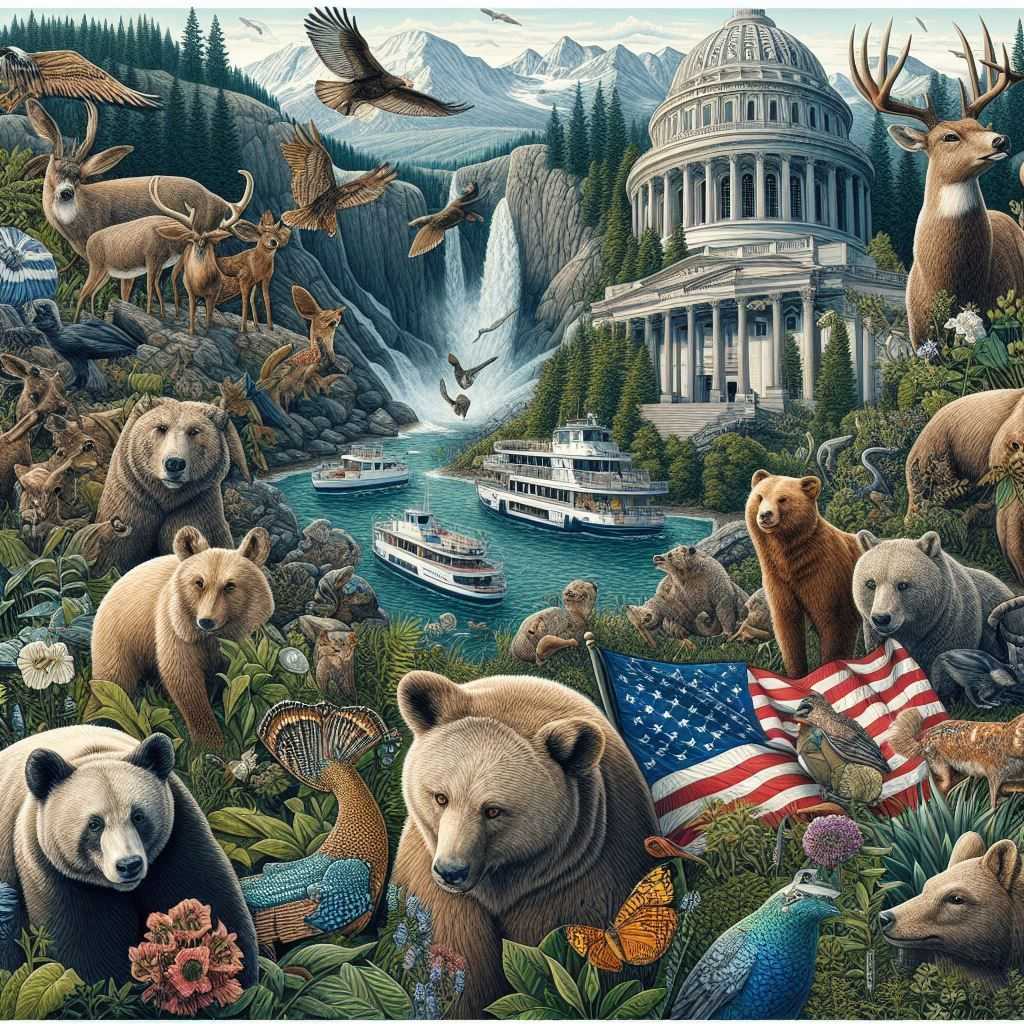
4. Mountain Goat
The bighorn sheep may be the first thing that comes to mind when one thinks of majestic mountain-dwelling species. Nevertheless, the mountain goat is unique among them thanks to a genus that is exclusive to North America and epitomizes the grandeur of the Western mountain ranges.
Glacier National Park in Montana has prime settings for seeing mountain goats amidst breathtaking scenery.
The most popular place in this park for viewing various animals, including bighorn sheep, hoary marmots, and other wildlife species, is the Logan Pass area, as well as a few trails in its vicinity.
Although a patriotic feeling may be evoked by encountering mountain goats around Mount Rushmore, it should be remembered that these are not the natural inhabitants of this region.
5. Moose
The population of the moose, the largest member of the deer family, is declining in many areas due to tick infestations that are worsened by climate change. Nonetheless, there are still ample opportunities to see these majestic animals throughout America.
Some outstanding places where you can sight a moose include Baxter State Park in Maine, where you can have an unforgettable experience with big bull moose feeding in lakes.
Moreover, one can find moose wandering on high desert terrain at Silver Creek Preserve of the Nature Conservancy in Idaho or on ski slopes like Snowbird in Utah. None compares to Alaska as far as huge numbers of moose are concerned; it is home to about 175,000 individuals.
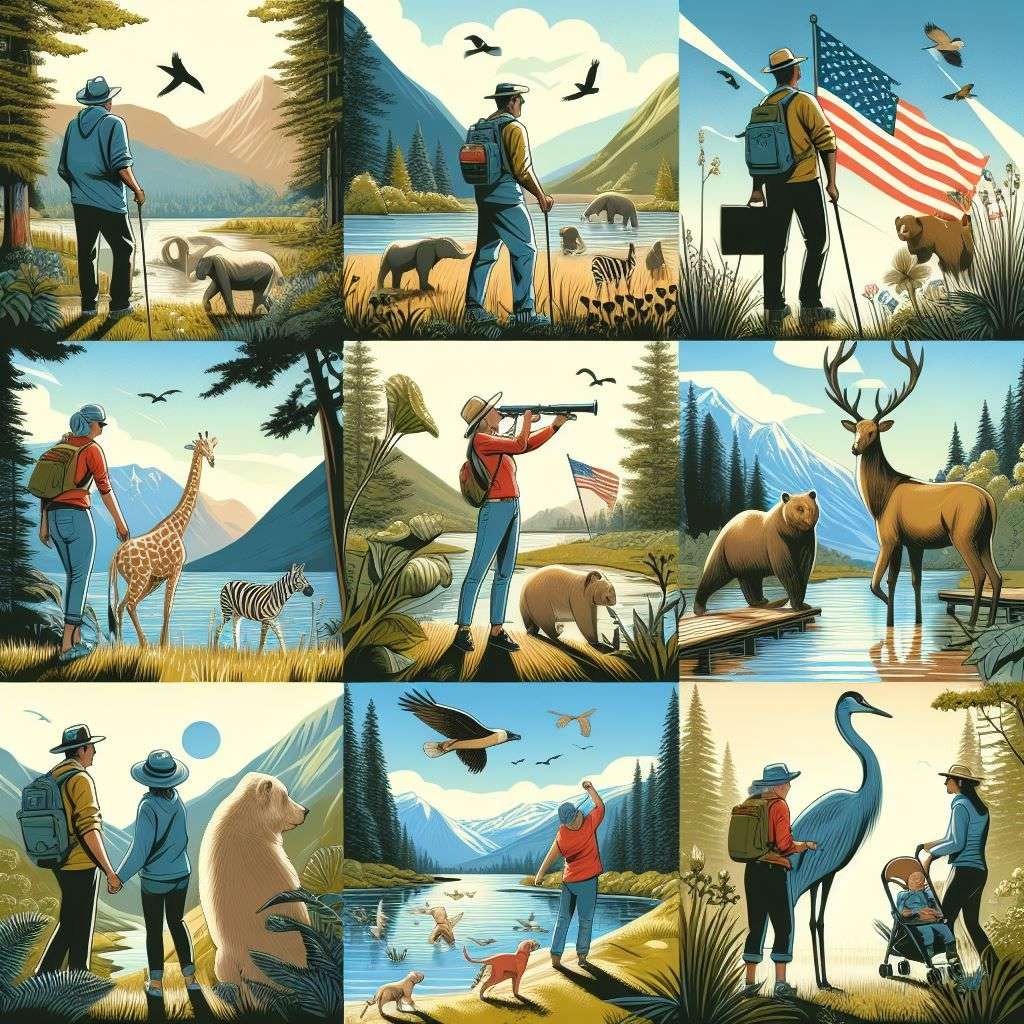
6. Northern Cardinal
Many of us have heard about common American creatures like the beaver or the racoon. However, the red plumage of the male Northern Cardinal appears to be very appropriate on July 4th.
Although winter provides idyllic views of snow-covered hemlocks with several males perched against them, birding hotspots are great places to spot cardinals within different habitats.
Try Muleshoe Ranch, managed by the Nature Conservancy in Arizona, or the National Butterfly Center, located in Texas.
7. Wild Turkey
According to local legends, the wild turkey almost became the national bird of the United States. Whatever may be true about this claim, there is no doubt that the turkey holds an important place in our history and traditions.
Like other animals on the list, turkeys have also seen their share of hard times for survival.
No other example of wildlife recovery has been as remarkable as that of the turkey. Some people even thought this was too successful. Nevertheless, their numbers should never diminish our awe of these birds.
Male turkeys are most interesting when they show off during spring by strutting and making gobbling sounds. The most notable photography destinations include those near Kentucky’s Mammoth Cave National Park or North Dakota’s Theodore Roosevelt National Park.
Conclusion
Summer is unfolding, which is the best time for a trip to see America’s iconic wildlife. Observing fauna in their habitats not only increases human understanding of these remarkable creatures but also underlines the need for conservation efforts aimed at maintaining their populations.
OTHER NEWS
-
- Beyond the Tent: Secret Weapons for Epic Camping Trips
- By Kamal Singh 13 May,2024

-
- Traveling Along American Riverbanks: A Trip Through the Okefenokee Swamp
- By Kamal Singh 21 May,2024
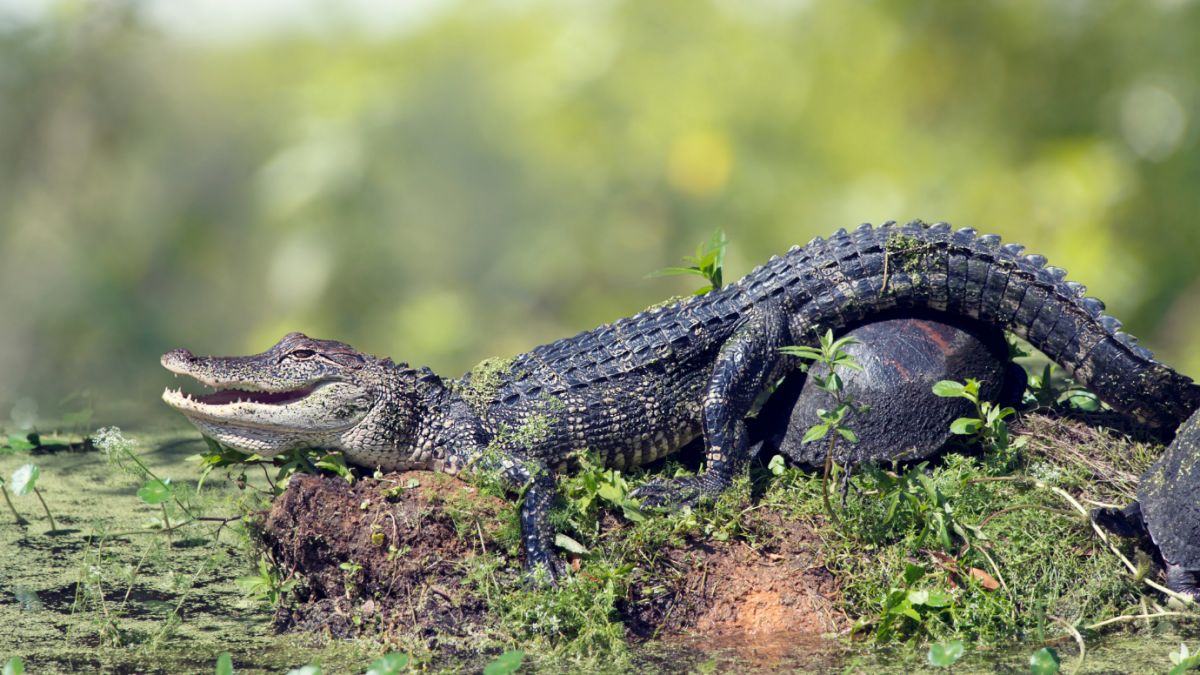
-
- Outdoor Photography Tips: Capturing the Beauty of Nature
- By Prodosh Kundu 17 Jun,2024
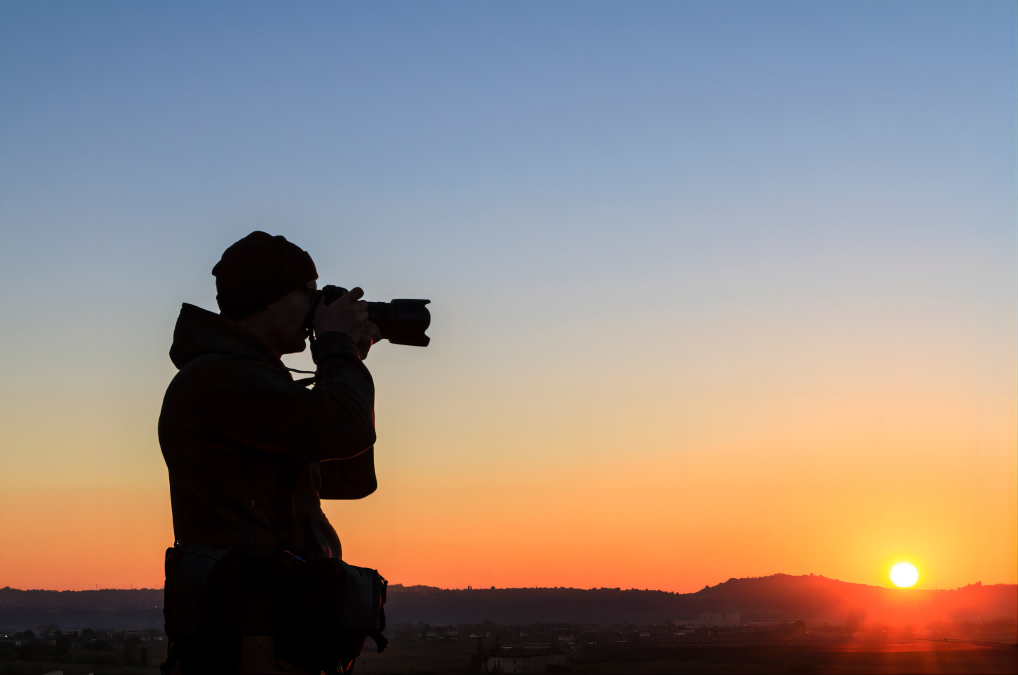
-
- Full Guide: How to Teach a Kid to Ride a Bike and Make Them a Cycling Champion!
- By Muhammad Abdullah 28 Apr,2024

-
- The United States: A Journey Through Five Iconic Landmarks
- By Molly Joshi 23 May,2024
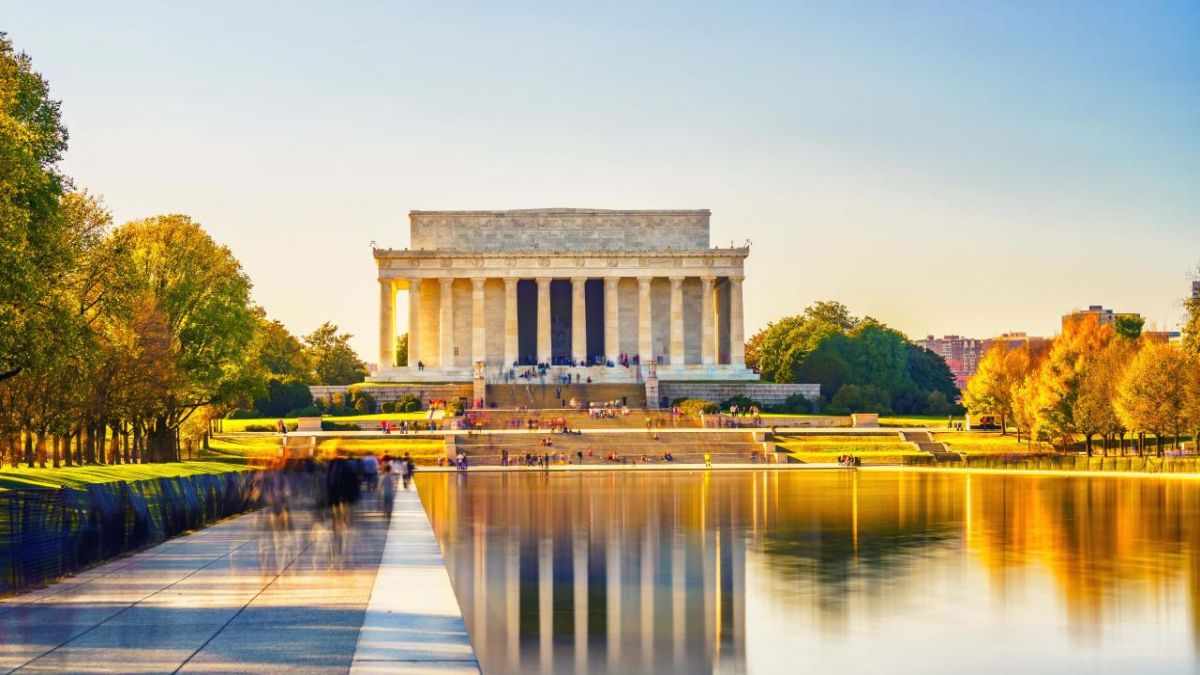
-
- Six reasons a National Park should be on your travel list in 2024
- By Sharadha Narayanan 21 May,2024

-
- How to Choose the Right Sleeping Bag
- By Prodosh Kundu 19 Aug,2024

-
- Massachusetts Travel Guide: Everything You Need to Know!
- By Nauman Rehmat 17 May,2024
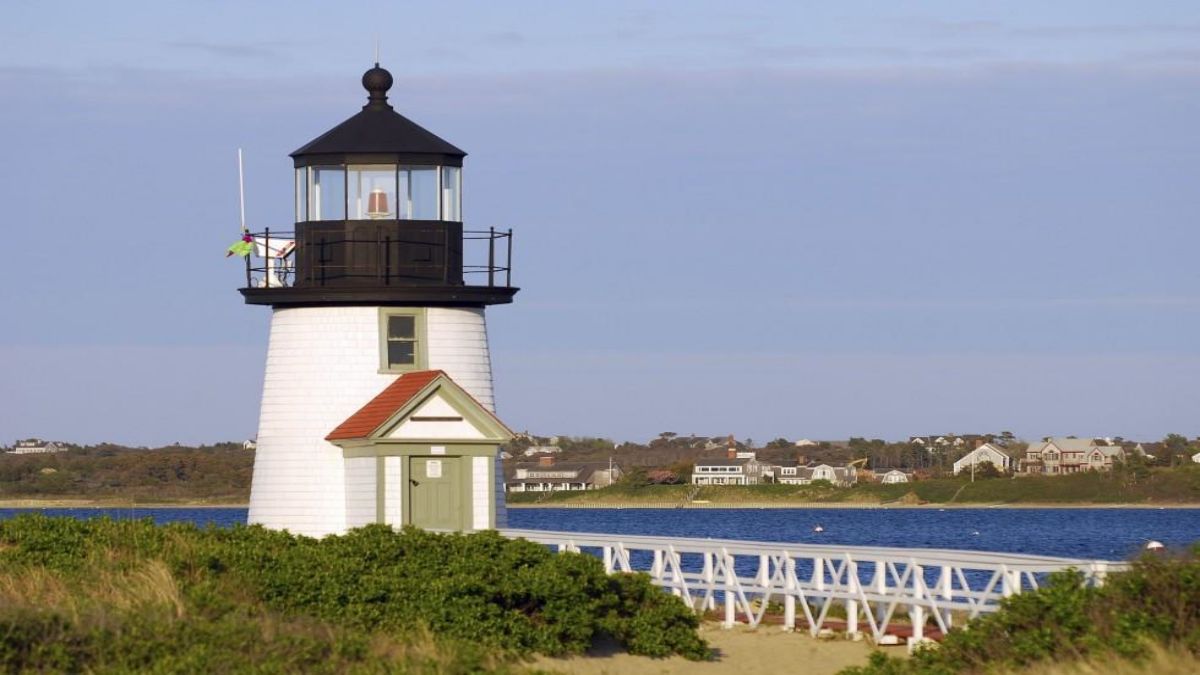
-
- Five Tips for Summer Hiking
- By Prodosh Kundu 19 Aug,2024
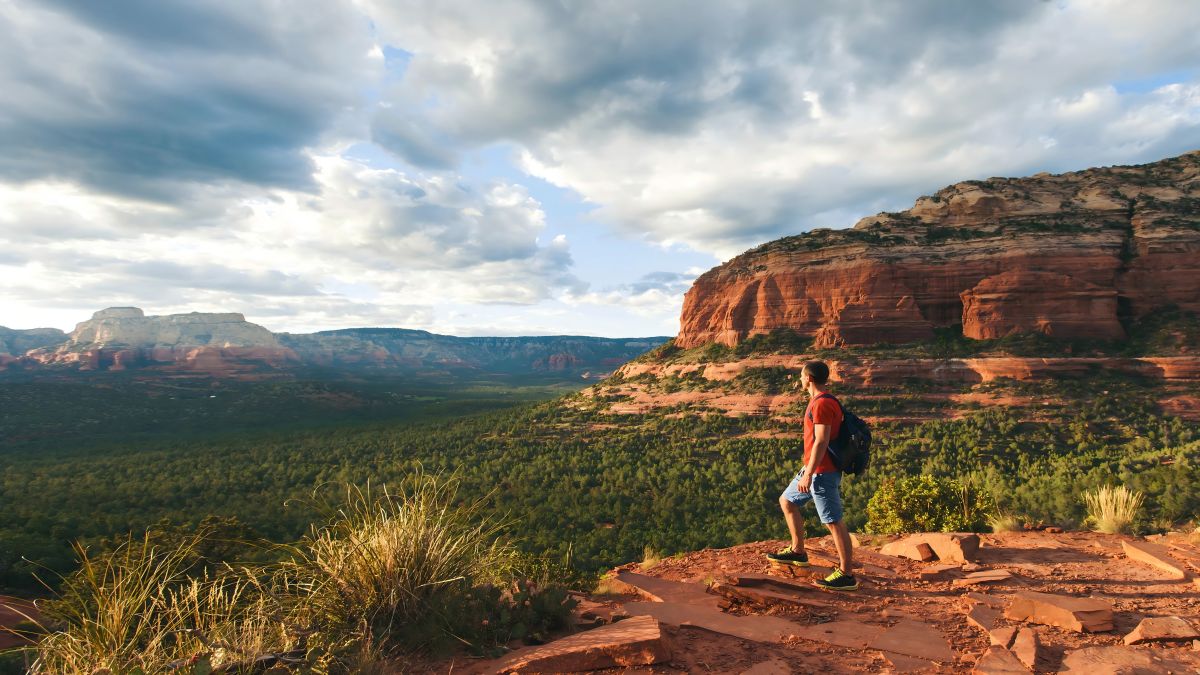
-
- Gear Up and Go: Your Beginner's Guide to Finding the Perfect Bicycle
- By Kamal Singh 17 May,2024

-
- Popular River Travel Destinations Around the World
- By Kamal Singh 21 May,2024

-
- The Five Best Destinations to See the Northern Lights
- By Prodosh Kundu 19 Aug,2024
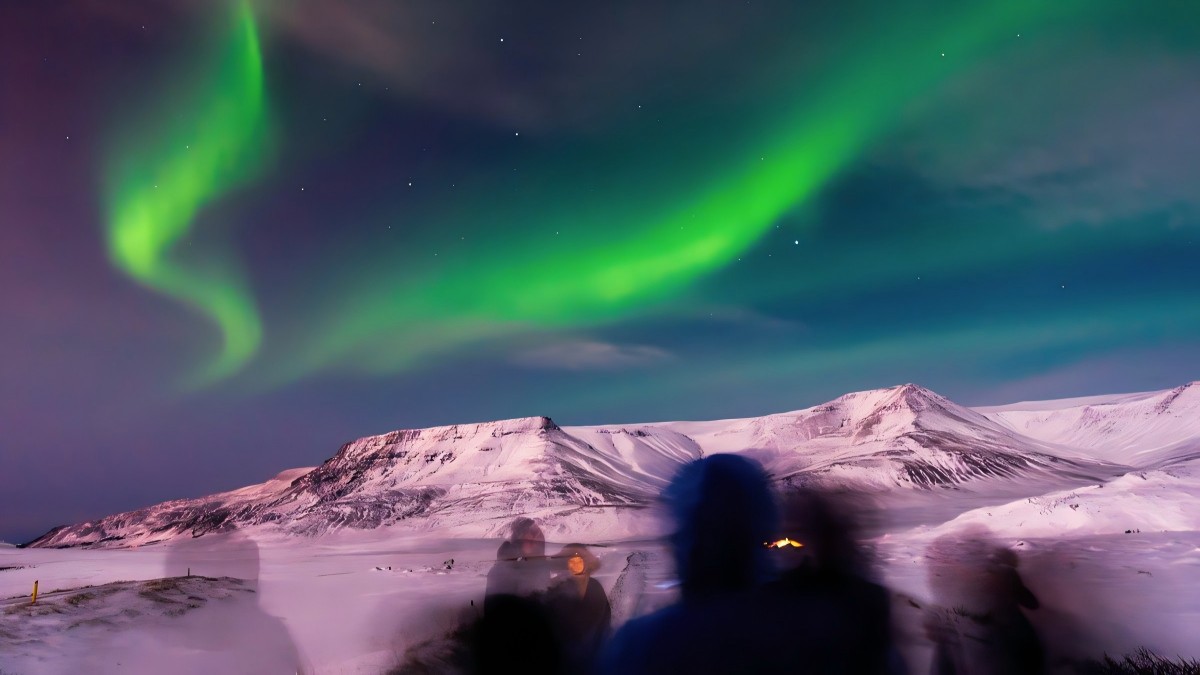
 1
1 1
1